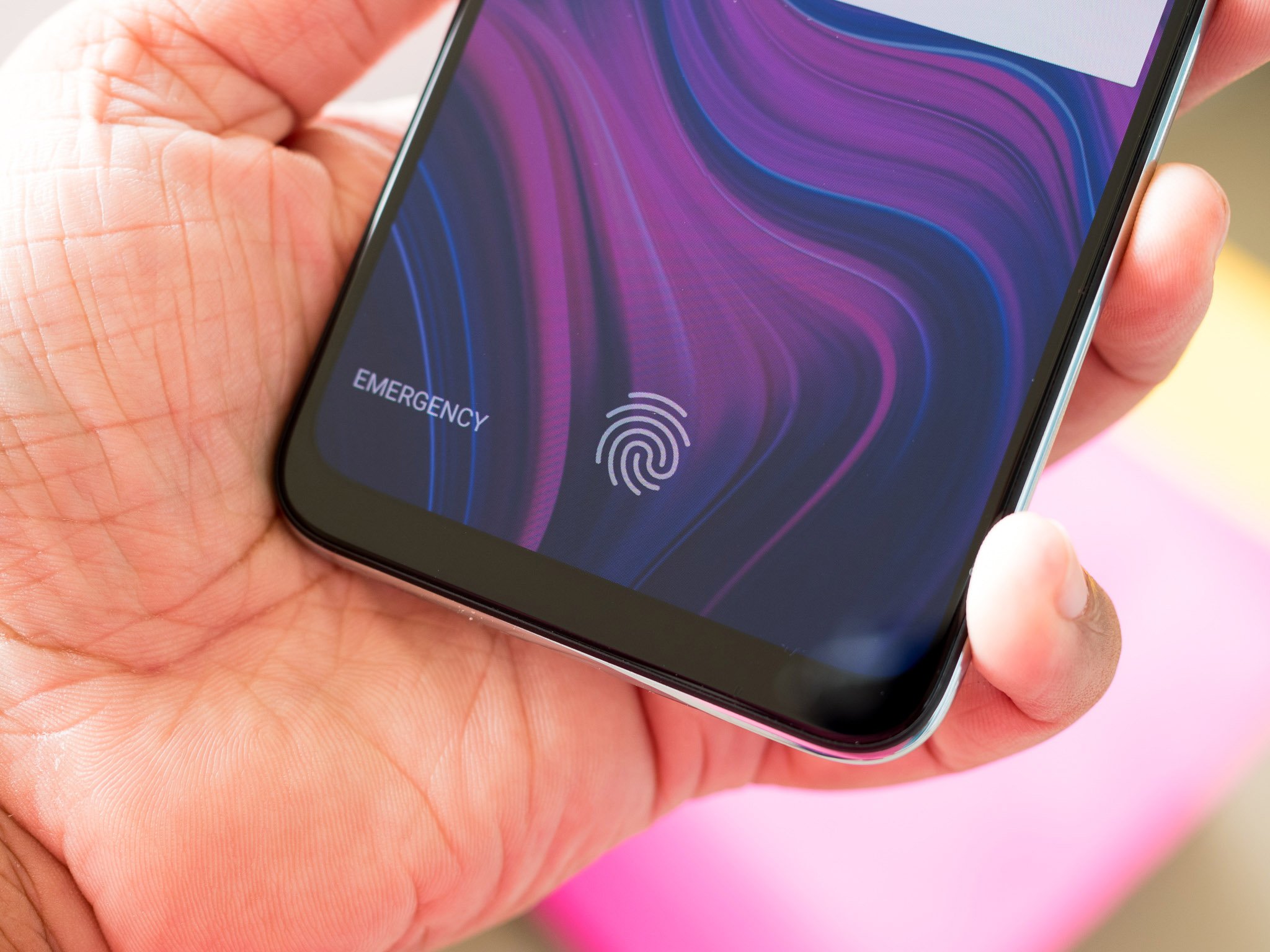Redmi is bringing in-display fingerprint sensors to phones with LCD screens

What you need to know
- Redmi today showcased its in-display fingerprint technology for LCD displays.
- The company says that the technology is ready for mass production.
- Current in-display fingerprint solutions are only compatible with AMOLED displays.
In January 2018, Chinese smartphone brand Vivo unveiled the X20 Plus UD, the first phone to ship with an in-display fingerprint sensor. The feature has now become standard fare on Android flagships and is becoming increasingly common in the mid-range segment as well. While current in-display fingerprint solutions only work with OLED panels, Xiaomi sub-brand Redmi announced today that is has successfully managed to implement a fingerprint sensor under an LCD panel.
The technology was demonstrated in a video shared by Redmi general manager Lu Weibing on Weibo. Since OLED displays don't require a backlight module, in-display fingerprint sensors can easily transmit optical or ultrasonic signals to complete the fingerprint verification.
Redmi has managed to overcome this limitation with the use of "infrared high-transmittance film material." The company says the technology is ready for mass production, which means we may possibly see Redmi phones with LCD optical in-display fingerprint sensors later this year. What remains to be seen, however, is if Redmi's in-display fingerprint solution for LCD panels will be comparable in terms of performance to ones that are currently available for OLED panels.
Goodix, which supplies in-display fingerprint sensors to several Chinese Android OEMs, had announced late last year that it would begin mass production of in-display sensors for LCD displays in early 2020. Provided things go as planned; we could see the tech being used in budget phones from companies like OPPO, Vivo, Motorola, and Huawei in the second half of the year.
Get the latest news from Android Central, your trusted companion in the world of Android

